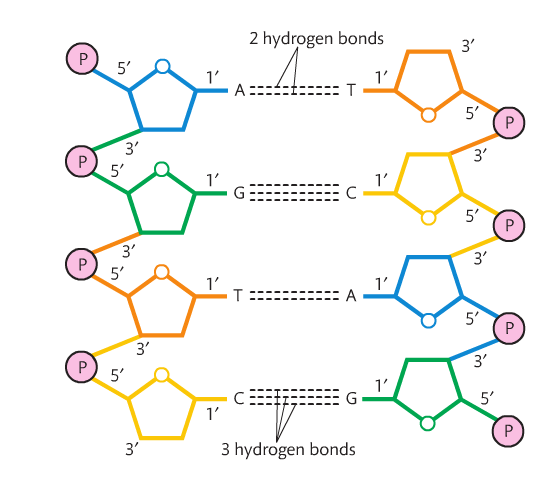
Mutants were scored as partially active if they conferred resistance to streptomycin and/or susceptibility to chloramphenicol only when transcription of the mutant arc gene was induced with IPTG. Growth was continued for 30 min, and the cultures were struck either onto LB agar supplemented with 100 μg/ml of chloramphenicol, 100 μg/ml of ampicillin, 50 μg/ml of kanamycin, and 0.5 mg/ml of IPTG where appropriate, or onto similar plates in which the chloramphenicol was replaced with 50 μg/ml of streptomycin. At this point, the cultures were divided equally, and Arc expression was induced in one portion by adding isopropyl β- d-thiogalactoside (IPTG) to 100 μg/ml. coli UA2F cells were transformed with the mutant library, grown overnight at 37☌ in Luria–Bertani (LB)-ampicillin broth, diluted 100-fold into LB-ampicillin broth, and grown for 3 h to midlog phase. In the presence of active protein, transcription of the dominant strS gene is repressed and the cell can grow in the presence of streptomycin. pSA300 also contains an Arc-repressible strS gene ( 9). Active Arc represses transcription of the cat gene in this strain and thus, in the presence of chloramphenicol, cells producing inactive protein live and those producing active protein die ( 11). This appears to be a direct contribution as the crystal structure of the FV10 dimer is similar to wild type and the Phe-10-DNA backbone interactions are the only contacts perturbed in the cocrystal structure of the FV10-operator complex. The affinity differences between FV10 and wild type indicate that each Phe-10 side chain contributes 1.5–2.0 kcal to operator binding but less than 0.5 kcal/mol to nonoperator binding, demonstrating that contacts between Phe-10 and the operator DNA backbone contribute to binding specificity. FV10, one member of the first class, binds operator DNA and nonoperator DNA almost equally well. One class of mutants folds stably but binds operator with reduced affinity another class is unstable. Characterization of a library of position 10 variants reveals that Phe is the only residue that results in fully active Arc.
#DNA BACKBONE STRUCTURE FREE#
In the P22 Arc repressor, the Phe-10 side chain is part of the hydrophobic core of the free protein but rotates out to pack against the sugar-phosphate backbone of the DNA in the repressor-operator complex.

A central question in protein–DNA recognition is the origin of the specificity that permits binding to the correct site in the presence of excess, nonspecific DNA.


 0 kommentar(er)
0 kommentar(er)
